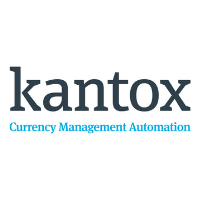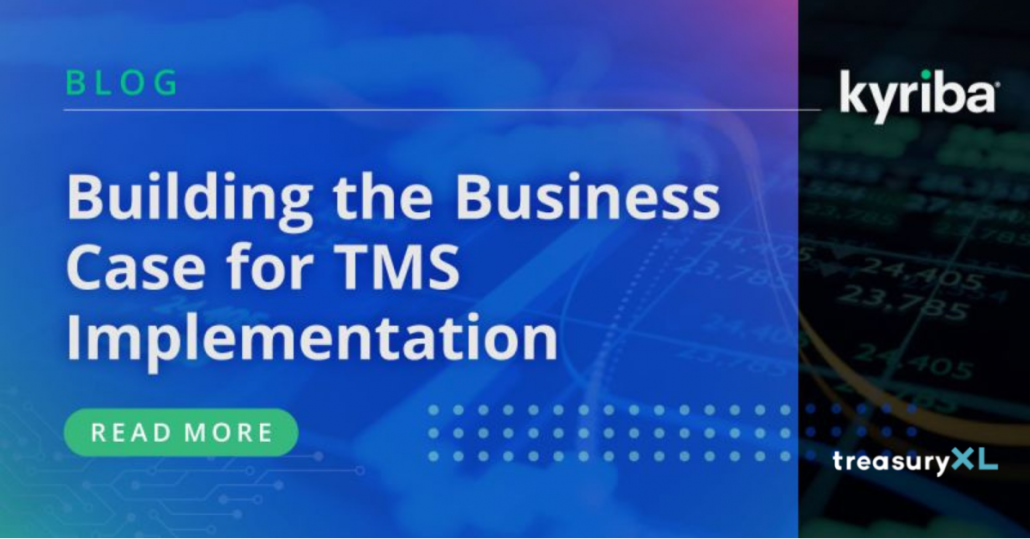Establishing a Need for a Treasury Management System
Building the business case for new treasury technology is a tall order, even if doing so can greatly improve cash and liquidity management, FX risk management, working capital management and more. In times of economic uncertainty and budget tightening, it’s even more challenging. But treasurers can have greater success if they know how to position a treasury solution as a necessity.
Lee-Ann Perkins, assistant treasurer for Specialized Bicycle Components, noted that throughout her career, she has been successful pitching a TMS implementation to a CFO at times when various external factors were in her favor. If the economy was good or the company was performing consistently well, then getting buy-in for treasury technology can be a much easier sell.
Fred Schacknies, treasurer for TechnipFMC, noted that treasurers generally “don’t do a great job” of talking TMS implementations to the CFO. Schacknies speaks from extensive experience, having pitched TMS implementations to four CFOs at four different companies. In his estimation, convincing the CFO generally boils down to showing them what finance and treasury currently cannot do without such a treasury system. “Either it’s helping a critical transformation or it’s not,” he said.
For example, treasury at TechnipFMC manages “a material foreign exchange portfolio,” which is challenging to do with legacy technology, Schacknies explained. While treasury also is well staffed in comparison to the size of the company, it could run more efficiently if certain tasks we automated. So, gaining buy-in from the CFO on a treasury system implementation wasn’t difficult because Schacknies was able to show that it supported key strategic and organizational imperatives.
According to Chris Mitchell, treasury director, technology and operations for Koch Industries, it can also help to provide the CFO with more of a long-term vision rather than just immediate process improvements. When the treasury leadership team presented the case for a TMS implementation to the CFO, they first discussed the benefits of automation. It didn’t move the needle. But when they presented their overall vision and strategy of a treasury department across the world working closer together, the CFO was able to see how a TMS could help. “We needed one single application that could be accessed across the entire globe by a core group of treasury individuals to support our businesses,” he said.
Treasury can also capitalize on timing. Petar Tomicic, treasury manager for Beam Suntory, explained that the 2014 acquisition of Beam Inc. by Suntory created a “perfect storm” for a TMS implementation. The treasury department knew that the legacy system it was using was outdated. After the acquisition, it became immediately clear that the system didn’t have the capacity to handle the growth that the company was expected to experience. So, for Beam Suntory’s treasury, building a business case with the CFO wasn’t difficult because it was absolutely necessary due to the changes the company was experiencing.
Finding Allies Outside of Treasury
It also helps to have allies outside of treasury to support your case. A TMS implementation affects more than just treasury, and it can help immensely if other departments recognize this fact.
Stephen Kincaid, vice president and assistant treasurer for Walker & Dunlop, explained that in 2016, his controller was the one who first suggested investing in a TMS. This occurred right before AFP’s annual conference, which provided the perfect opportunity to meet with various TMS providers.
After speaking with several TMS providers at the conference and ultimately selecting Kyriba, Kincaid and his controller needed approval from the CFO. Fortunately, the CFO agreed because they were able to carefully illustrate why Walker & Dunlop needed to adopt a treasury system. “We had over 1,000 bank accounts with multiple banks, and didn’t have an easy, efficient way to track our cash positioning in real-time,” he said. “Ultimately, my controller was easily able to convince the CFO of the many benefits that a TMS could provide to our organization.”
When Lee-Ann Perkins join Specialized in 2021, she faced a unique challenge. Treasury had already adopted Kyriba, but the project had stalled prior to completing the implementation across the company’s locations around the world. “So, my job was to restart a Kyriba implementation for the rest of the company—in 80 countries,” she said.
Finishing the implementation was critical for Perkins to achieve her overall goals of automating and maturing the treasury department. While Specialized is a large, global company, the treasury team is small. Maintaining continuity—which includes cash visibility and protecting the company’s financial assets—is much easier to do with a treasury solution. But completing the project would require more than just getting the treasury team on board, as well as producing hard numbers.
“The sell to the CFO was to get resources from the financial side and the human capital side to ensure we could keep the implementation going,” she said. “It wasn’t what I would call an easy sell. It required conversations, quantitative metrics and qualitative metrics, to ensure that there was buy-in from the end-users. Because at the end of the day, those people running the system need to also know that they can use it in their particular jobs as well.”
Making the Case for a TMS
There are a multitude of factors that can contribute to treasury either getting the approval for treasury software implementation or getting shot down. With a possible recession looming and many companies tightening their purse strings, 2023 may be an exceptionally challenging year for treasury departments to get buy-in for a TMS. Treasury must establish the need for a system—not only for itself but across other departments.
Often tasked with doing more with less, treasury has consistently risen to the challenge. But there comes a point where investments need to be made for treasury and the overall business to continue to perform at a high level. If treasury can make that case, then getting buy-in might not be a tall order after all.





